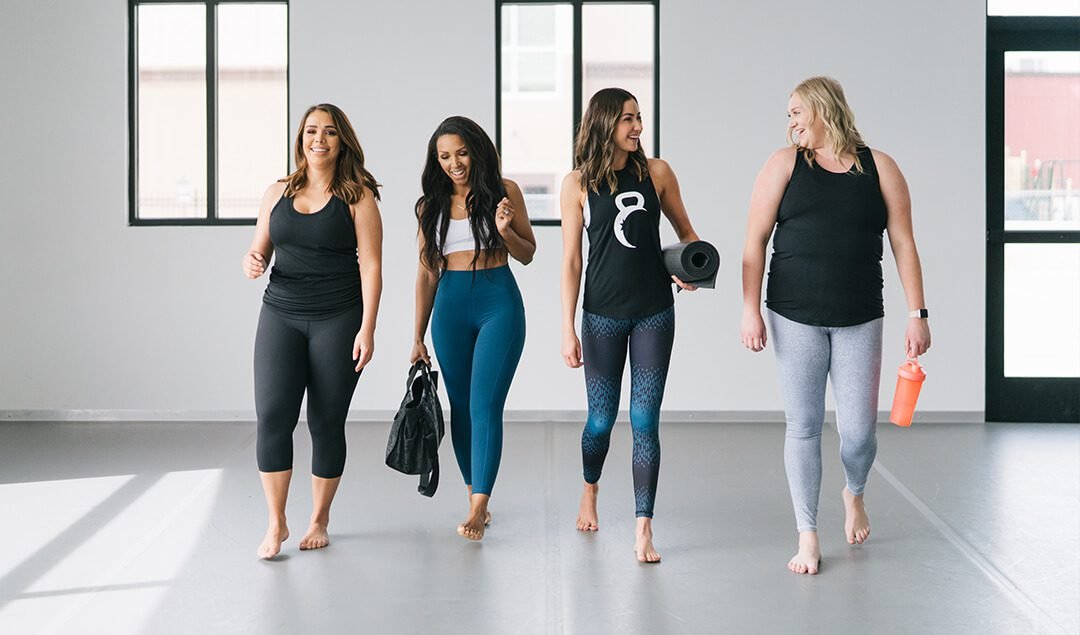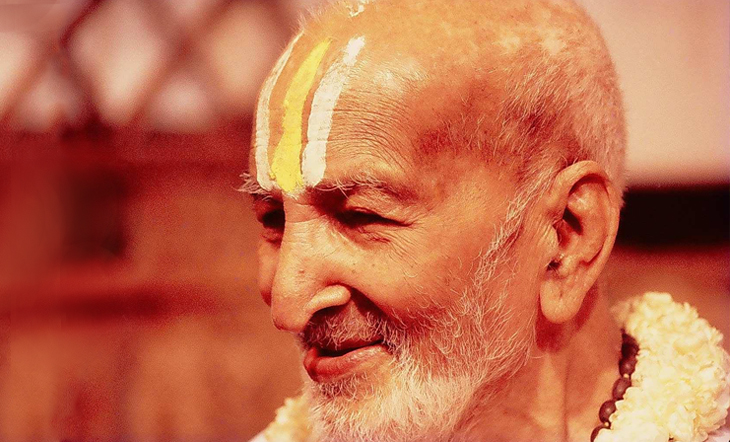9 Dynamic Stretching Exercises For Runners: Complete Guide 2023
Most of us don’t know that there are two different categories in stretching. Sports enthusiasts and athletes alike are masters of these stretching variations. Functional dynamic stretches imitate the full-range motions of the sport or activity one will be...

Most of us don’t know that there are two different categories in stretching. Sports enthusiasts and athletes alike are masters of these stretching variations.
Functional dynamic stretches imitate the full-range motions of the sport or activity one will be participating in. Before diving in, a swimmer may do a warm-up routine, such as circling their arms. It may increase muscular strength and muscle flexibility.
One may also do a sequence of motions called “dynamic stretches” to get the body moving before doing any kind of workout.
Exercises that come to mind include leg swing against a wall, side lunge, and torso twist. Let’s center in on the basics and benefits of dynamic stretching.
What Is Dynamic Stretching?
The goal of dynamic stretches is to actively move the muscles through their full range of motion. These drills are designed to get you ready for serious workouts by mimicking real-world motions.
To get ready for a run, for instance, you may do the “high knees” exercise, which is a mild mimic of actual jogging.
When Should We Use Dynamic Stretching?
Although dynamic stretch is essential for pre-exercise warming up, it is not required for post-exercise cooling down. Performing dynamic stretches raises body temperature. Hence, if you want to cool down, you shouldn’t do dynamic stretches.
Dynamic Stretching Versus Static Stretching
Stretching is an essential element of playing or practicing a sport for both serious and casual players.
By reducing stiffness and lengthening soft tissues like muscles and ligaments, stretching improves mobility and flexibility.
In addition to reducing discomfort during and after exercise, it may also boost performance and protect against damage.
Two major categories of stretches exist: static and dynamic. Active stretching is sometimes referred to as dynamic stretching, in contrast to the passive stretching that is associated with static stretching.
Static Stretches
Perhaps the most common kind of stretching is static stretching. There is a good chance that you stretched like this during your school’s physical education sessions.
The exercises consist of progressively lengthening a muscle and maintaining the stretched position for ranging from 15 to 30 seconds.
You should do this stretch anywhere from two to four times, or for the whole sixty seconds.
By lowering the amount of tension in your muscles and expanding their range of motion via the use of these stretches, you should be able to reduce the likelihood of experiencing muscle pulls or strains.
There are a number of other static stretches that you are able to do on your own, such as the hamstring static stretch, which requires you to reach for your toes while sitting on the floor or standing upright, while at the same time ensuring that your legs remain straight.
Dynamic Stretches
Dynamic and static stretches both aim to achieve many of the same things. A dynamic stretching routine has a purpose and that is to increase your range of motion and flexibility while simultaneously getting your body ready for activities of some kind.
However, it accomplishes this goal in a manner that is significant in terms of active movements unlike that of its counterpart.
The act of retaining a stretch for a considerable amount of time is an essential component of static stretching.
When it comes to dynamic stretching, such is not the case.
The purpose of dynamic stretching is to stimulate movement throughout the body. To do these stretches properly, you will need to engage your whole body in the activity.
Benefits of Dynamic Stretches
Static stretches involve maintaining a stretch for ten seconds or longer while remaining stationary, which was the most common kind of pre-game warm-up for athletes for many decades.
Dynamic warm ups that include movement while stretching are all the rage these days, and there’s a solid explanation for this trend’s popularity.
During a warm-up program, dynamic stretching is recommended because of the following reasons:
It gets the muscles ready for action throughout your exercise by activating them. Increases your range of motion Body awareness may be improved by dynamic stretches Moving around as you warm up might help strengthen your flexibility.Dynamic Stretches Examples
Following dynamic stretches might help you take proper form and get muscle strength with lower body workout sessions. This increases blood flow to the peripheries. and help you get be active.
1. Torso Twist
You should be standing with your feet shoulder width apart and pointing forward Keep your arms at your sides and bend your elbows so that they are at a 90-degree angle. Turn your torso to one side with the feet still shoulder width apart and then on the opposite side Rotate all the way through your trunk. Switch sides as you continue the exercise.2. Walking Lunges
Assume starting position with palms facing your waist. You should walk forward by taking one step forward and then lean forward or lunge down, making sure that your front knee stays in line with your hip and ankle. Bring your back knee closer to the floor without really putting it on the ground. Make your front knee straight behind your front toes at all times. Come back to a standing posture by pushing off your rear leg and bringing your body forward.3. Leg Swings
Balance yourself on the right foot. Move your left leg in a slow, controlled manner in front of you and behind you, alternating between the two positions. Go through the motions of your complete range of motion by moving back and forth.4. Calf Raises
Begin by getting into a standing posture. Raise yourself up onto your tippy toes. Bring your weight back down.5. Standing hip circles
Raise one of your knees so that it is parallel to your chest. It should be rotated out to the side and then brought down to the ground, similar to the motion of a breaststroke kick.6. Squats
Take a standing position with your feet hip width apart. You may choose to have your arms at shoulder height and straight out in front of you, or you may choose to have them clasped together in front of your chest. As you lower yourself into a squat position, check to see that your knees are aligned with your toes. Get back on your feet.7. Arm circles
Move both arms in complete circles while maintaining a straight arm position. Perform a forward and then a backward rotation of your arms.8. Shoulder rolls
Raise your shoulders up near your ears and give a shrug. Make circles with your shoulder muscles, first moving them backward and then bringing them down toward the floor. First, complete the forward circles, and then go on to the reverse ones.9. Arm criss-cross
You should wrap your arms around your upper body such that your fingertips are contacting the opposite side’s lat. Fully extend your arms. With arms extended, feel an expansion in your chest as you go through the whole range of motion.Digital Programs For Proper Guidance
1. Addresses All Aspects of Fitness and Flexibility: Hyperbolic Stretch
This one-of-a-kind strategy, in contrast to traditional approaches, which concentrate just on muscle stretching, also teaches the muscle’s survival reflex.
The brain is responsible for controlling both the flexibility and the contraction of your muscles at any one time.
The primary purpose of this regulatory system is to protect the muscles from getting harmed or otherwise impaired in any way. This is achieved by the operation of two different survival reflexes.
You should try out this program and make use of muscular contractions, which are followed by deep muscle relaxation.
As a result, not only do you get more flexible over the course of a single stretching session, but you also become more flexible from one stretching session to the next.
Shop Hyperbolic Stretching Program at the Official Website.
Full Article: Hyperbolic Stretching Review: Does it Work?
2. Loosens Locked And Tight Hip Flexors: Unlock Your Hip Flexors
The group of muscles that connect your upper body with your lower body is known as hip flexors.
You would be unable to walk, sit, or stand if you did not have them. If they are excessively restrictive, they may create a wide variety of health issues throughout your body, including issues with your mental state.
However, there is a program called “Unlock Your Hip Flexors” that promises to be able to improve both your mental and physical well-being via the training of this muscle group.
It explains why so many individuals have tight flexors, what issues are caused by the condition, and how to treat it using specific stretching methods and low-impact exercise in a way that will not create more injury.
This program is likely to be the most cost-effective one that you will ever purchase. This is true even if the current price is increased by a factor of two.
Shop Unlock Your Hip Flexor Program at the Official Website.
Full Article: Unlock Your Hip Flexors Review: Does it Really Work?
Conclusion
Static stretching calls for extending a group of muscles and keeping that posture, while dynamic stretch calls for moving in a way that lengthens the muscles being stretched.
When it comes to warming up the body before exercise, dynamic stretching may prove to be particularly beneficial.
As is the case with other forms of physical exercise, a person should concentrate on keeping their form correct and quickly halt any movement that gives them discomfort.
Dynamic Stretching FAQs
What is dynamic stretching in flexibility?
Joints and muscles undergo a complete range of motion during dynamic stretches, which is active movement. They may be used to warm up the body before exercising. Dynamic stretches may be useful and mirror the movements of the next exercise or sport.
Where is dynamic stretching most effective?
Always focus your dynamic stretching on the key muscle groups you want to employ. This refers to the bigger muscular groups of the lower extremities, such as the hamstrings, quadriceps, and glutes, for the majority of individuals.
How long should dynamic stretching be?
The longer you stretch, the greater the detrimental effect on performance. Therefore, if the stretch is part of a comprehensive dynamic warm-up, you would hold it for 15 to 30 seconds, not 60 to 90 seconds.
Like this Article? Subscribe to Our Feed!
Author: Vanessa Richards
Vanessa is a mom of 3 lovely children and a software geek. Outside of her career as a health and wellness instructor. She enjoys writing and researching on topics such as finance, software, health and culinary.

 Aliver
Aliver 































